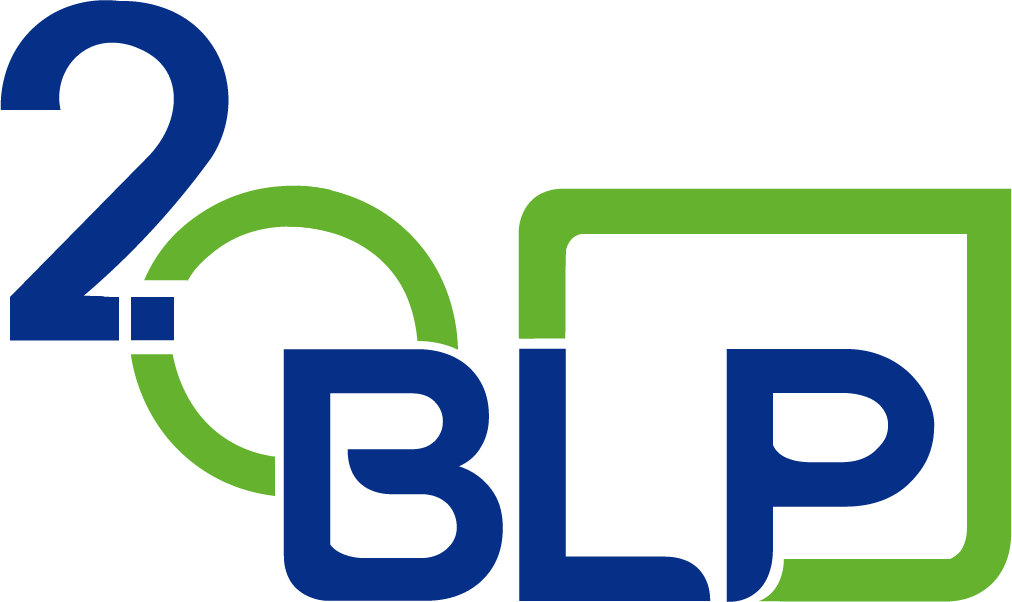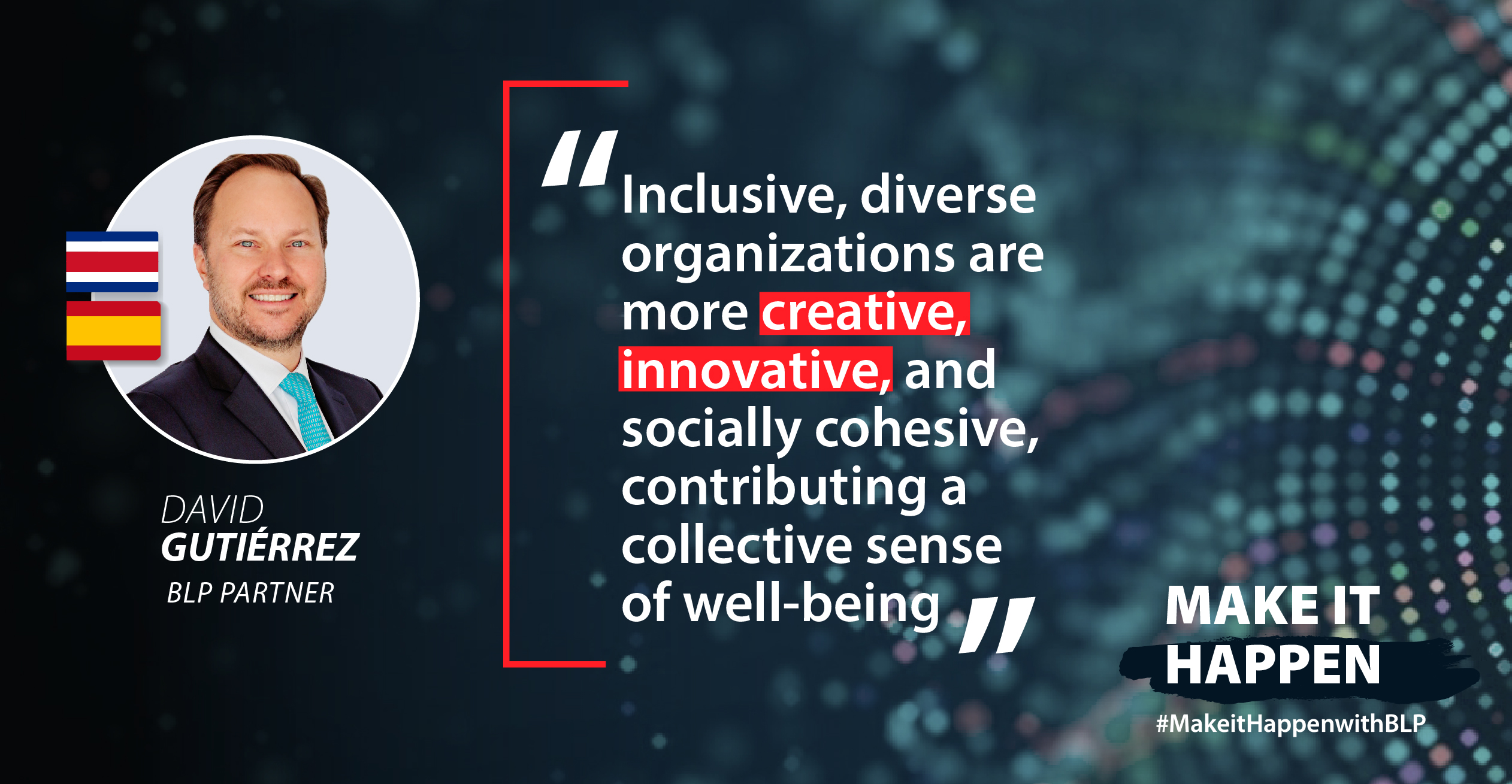At the law firm where I am a partner, we are fortunate to have a culture oriented towards diversity and inclusion. It´s part of our DNA.
However, a few days ago, while discussing the organization of a webinar for our clients, we agreed unconsciously on a panel of speakers comprised only of men. When somebody noted the discrepancy, we immediately reacted and corrected the situation. More than the initial omission of women on the panel, we were struck by the natural ease with which, despite having a culture of inclusion and diversity, we fell into the carelessness of not acting accordingly.
Many organizations struggle for inclusion and diversity, yet most workplaces are neither inclusive nor diverse because of a lack of awareness that inclusion and diversity are only achieved consciously through constant recognition and promotion within the corporate culture.
In 1985, the United States Equal Employment Opportunities Commission reported that black persons accounted for 3% of Senior Corporate Director positions. By 2014, this percentage had only increased to 3.3%. Most notably, black women make up only 1.5% of Senior Managers among companies included in the Fortune 500. Among managers who identify themselves as LGBTQ+, half of them report that they feel they should stay “in the closet” at work. Other information bearing on the subject of discrimination include:
- In 2014, 95% of the Fortune 500 CEOs were white, 4.8% were women, 2% Hispanics, and 1.8% Asian.
- Women occupy less than 17% of Fortune 500 boards, and Hispanics only 3%.
- Of senior executives in the US, approximately 3% are black Americans.
In today’s US workforce, those employees of Baby Boomer age are 75% Caucasian, while Millennial generation workers are 55.8 % white, with a rapidly shrinking proportion. Post-Millennial workers represent a significant and more diverse proportion of the workforce. These young people expect and demand inclusive and diverse workplaces. If they think their employer is biased, or simply unaware of inclusion and diversity, they prefer to move to other companies where they feel more at ease and accepted.
Our firm can attest that workplace recognition and support of our human differences inculcate an organizational diversity that nurtures greater creativity and innovation which contribute to personal well-being and social cohesion while improving the organization as a whole. Experience shows that diversity improves problem-solving, creative collaboration, and teamwork. Organizations that stress impartiality demonstrably recruit better talent.
In law firms, which are typically conservative and risk-averse, the situation is even worse than in the corporate world. The International Bar Association (IBA), with a great deal of acumen and vision, conducted a study on sexual harassment and intimidation in law firms. The results provide empirical confirmation that bullying and sexual harassment abound in the legal profession. Most seriously, the study reveals a chronically low reporting rate, with 57% of bullying cases and 75% of sexual harassment cases going unreported for fear of reprisal, repercussions, and re-victimization.
Law firm leaders must be aware that modern workplaces should not only promote equality, but also justice and equity. We must move from good intentions to good deeds or right actions, with an additional dose of empathy, leadership by example. We must not only talk about gender equity and equality but also measure reality by studying matters such as compensation and job promotion opportunities. When discrimination is found, we must take action and adopt corrective policies with forcefulness and immediacy.
A leader’s duty is to level the playing field, establish formal programs for our fellow professionals that give the same opportunities for all, regardless of gender, ethnicity, nationality, sexual orientation, or other non-conformity to long-established tradition.
A recommended book on this subject is How to Be an Inclusive Leader, by Jennifer Brown. The book suggests that leaders should develop knowledge and awareness of inclusion and diversity. The journey begins by studying all dimensions of human variation, including race, gender, ethnicity, sexual orientation, physical and mental capacity, age, socioeconomic status, religion, political ideology, citizenship, education, and appearance. The dimensions of diversity will change depending on the context in which an organization develops actions.
Along the way, we must avoid falling into the trap of self-aggrandizement that “I choose the best, regardless of their color, gender, race or religion.” Because of our prejudices, culture, and customs, this auto-assessment is never true. Quotas or affirmative actions exist precisely for this reason, to force us to leave the comfort zone and to think more about creating a diverse and inclusive environment.
The IBA Regional Forums Committee has worked on a diversity document, with names of people belonging to highly capable minority groups in various regions of Latin America, to facilitate the selection of panelists, authors, etc. There is no room for excuses.
We law firm leaders are obligated to make a difference in our society and for our organizations. We can achieve this at work by making people feel welcome, valued, respected, giving them equal opportunities based on their qualifications, and above all knowing how to listen. We must also raise awareness among employees about the importance of our being inclusive and the need to correct any bias, unconscious or not, that impedes true results.
Our silence or inaction should be considered a form of complicity, a reflex, either conscious or not, that is a negligent way to solidify the status quo. Let’s not be complicit, let’s act.
BLP’s commitment is to continue working in the direction of diversity and inclusion. Of our 33 Partners in Central America, 30% are women. Of 180 professionals, 54% are women. We can proudly say that we not only have female professionals in all the practice groups but also that many groups are led by women, as are a number of our separate work teams. We have policies and commissions that are constantly being reviewed so that they have an approach to inclusion and human rights. We continue to move forward by strengthening and improving our ongoing women’s inclusion programs, the integration of LGTBIQ+ people at work, and the employment inclusion of persons with disabilities.
While we have been recognized on numerous occasions for our efforts in accomplishing a culture of diversity and inclusion, our highest honor is the confidence that our team of professionals has placed in us that that they will be treated fairly, with equal opportunity, regardless of gender, sexual orientation, race or religion.



